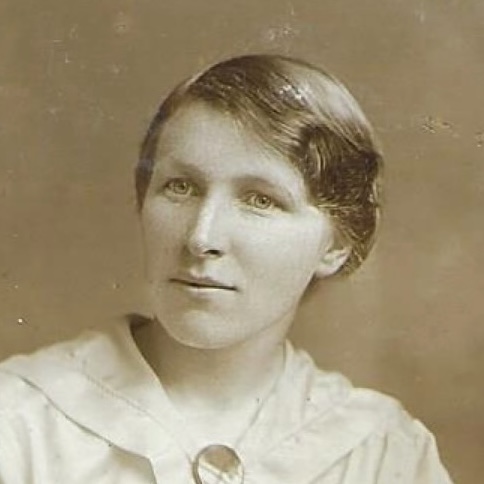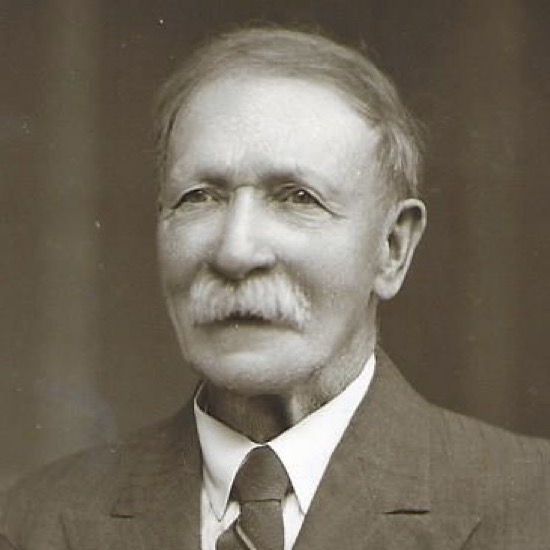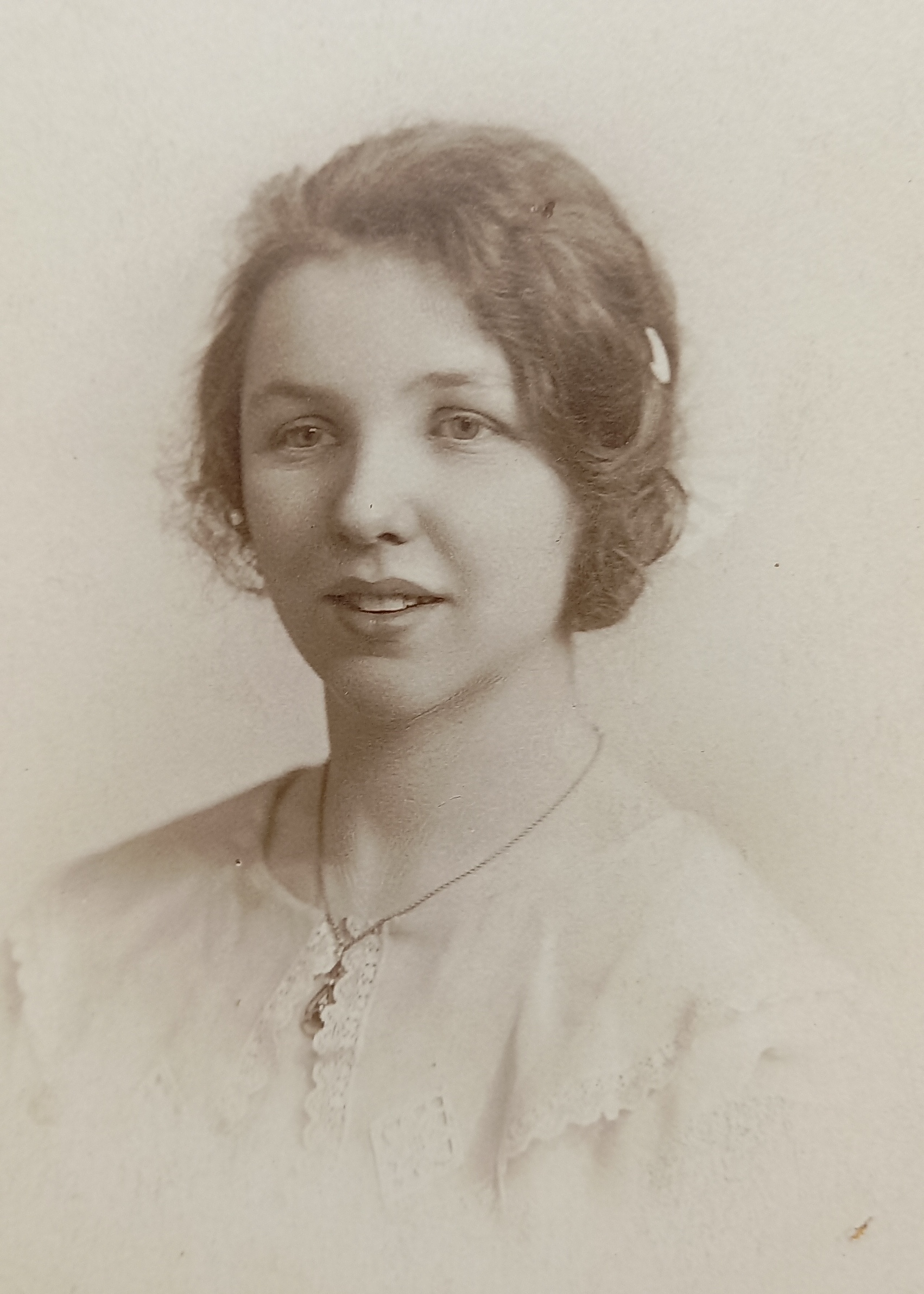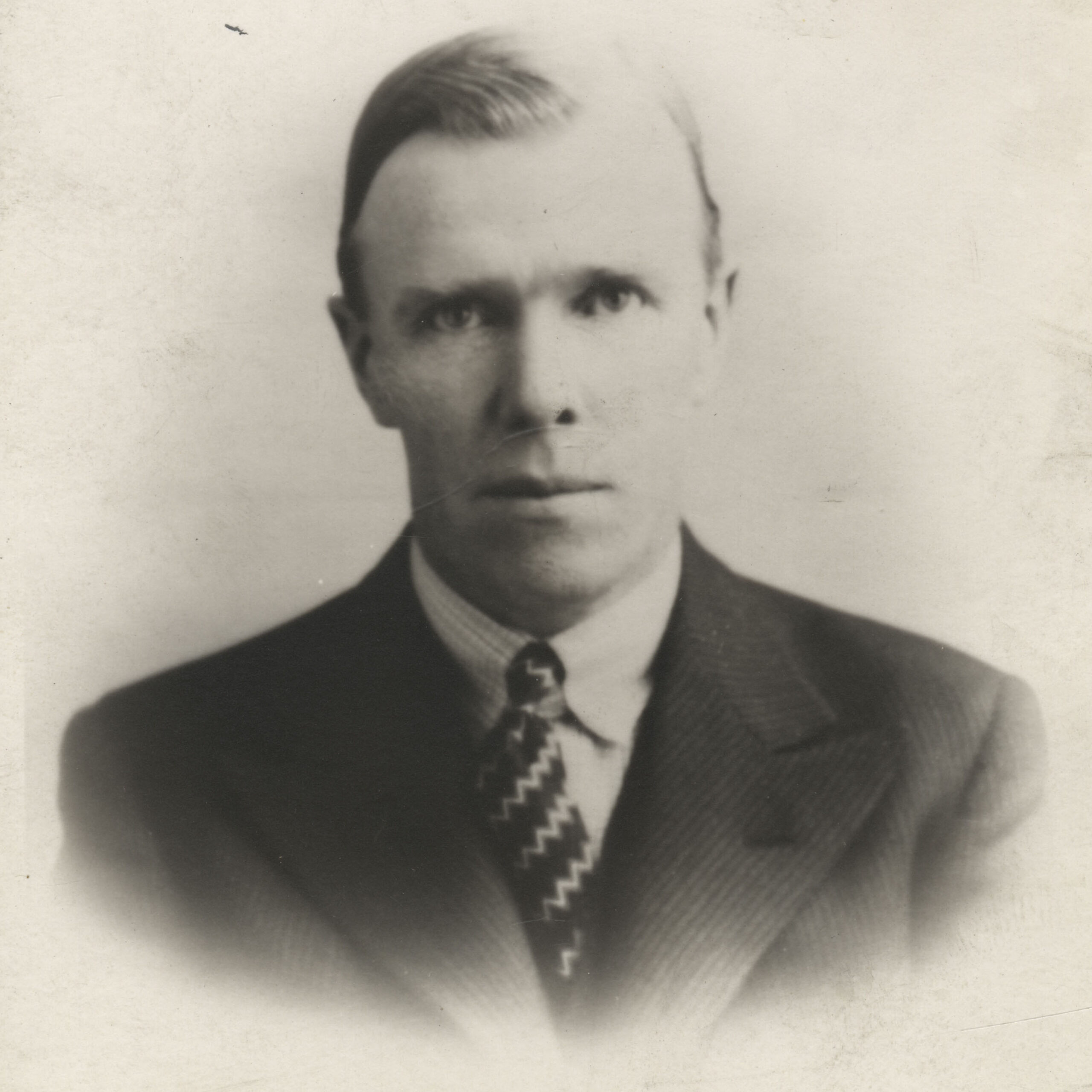Radcliffe was a mining community in Northumberland, located 1 km south of the town of Amble.
Radcliffe was once home to over 700 people. It was an independent and self-sufficient settlement with its own schools, shops, churches and working men’s club.
The colliery at Radcliffe began producing coal in 1837, and was worked until 1892. Flooding problems and fire, as well as a fault in the seam, made it uneconomical to continue at Radcliffe. New pit shafts were sunk nearby at Newburgh, and later at Hauxley, although flooding remained a problem.
On Sunday, 15th February 1942, at 8:22 pm, a landmine was dropped on Radcliffe by a German aeroplane being chased by an RAF fighter plane. Three houses, a school, and a church were destroyed.
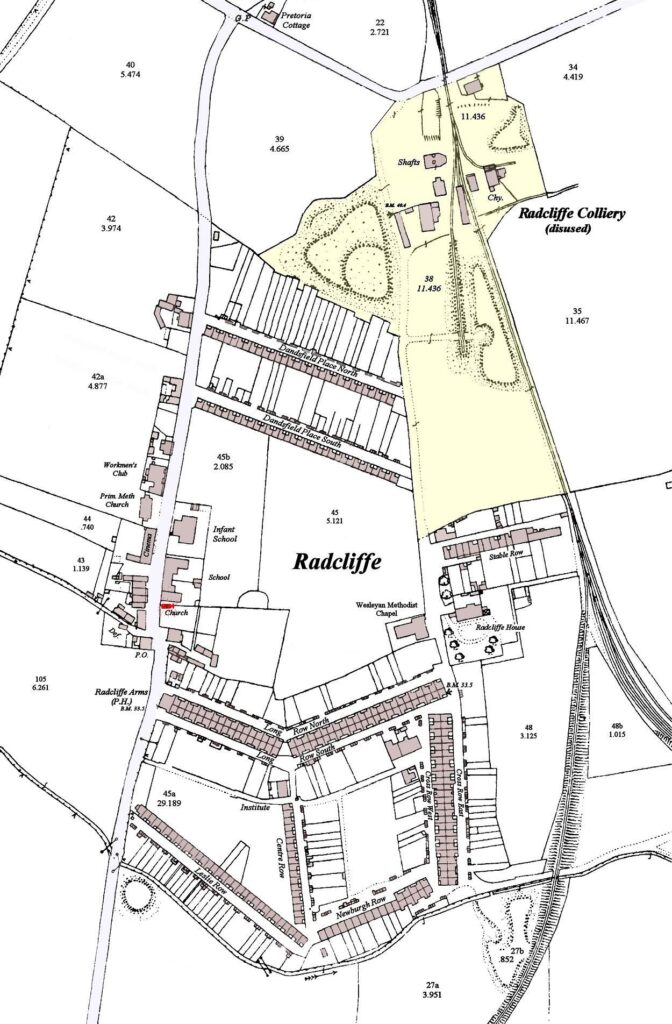
By the mid-twentieth century, the surviving pits in this area of Northumberland were also becoming uneconomical to run, especially when compared to extraction using opencast mining techniques.
The last shift worked underground at Radcliffe was on 2 February 1962. In 1965, plans were drawn up to opencast mine the coal seam beneath Radcliffe and Newbrough.
The ageing, and somewhat run-down, colliery-owned housing stock of the village was demolished in 1971 to allow for opencast operations. The residents that had not already moved voluntarily to take advantage of better housing, were relocated to Amble, onto an estate named the Radcliffe estate.
After mining operations at Radcliffe were ceased, the land was returned to agriculture, and turned over to a nature reserve at Hauxley. Little is now visible at the site of the village. The Radcliffe War Memorial, erected in 1928 for the First World War, and with an additional roll of honour added for the fallen of the Second World War, was removed from Radcliffe and relocated to Amble, opposite the Clock Tower Memorial in the Town Square.
Further articles about Besfords with links to Radcliffe:
External links:


